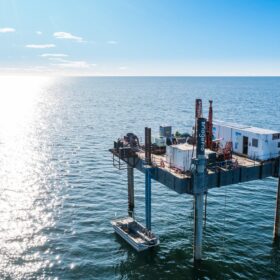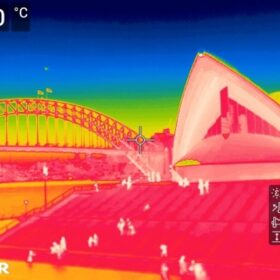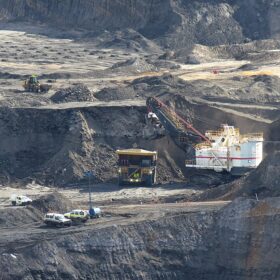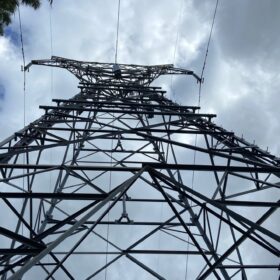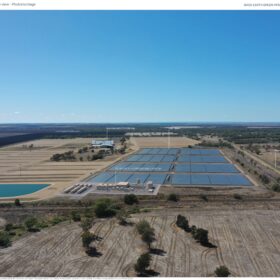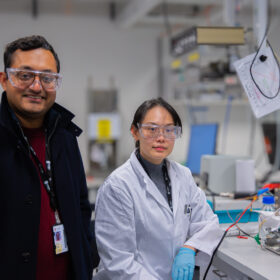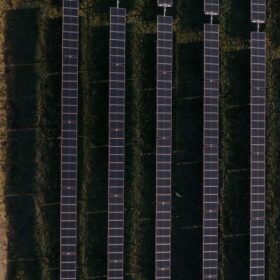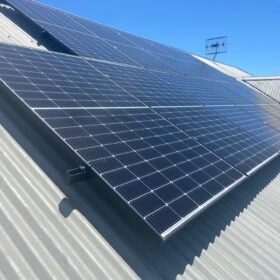Marinus Link undersea cable lands environmental approval
The Marinus Link undersea electricity connector between Tasmania and Victoria has secured federal environmental approval a day after state and Commonwealth governments announced a positive final investment decision for the 750 MW first stage of the project.
Night-time solar team generates electricity from infrared radiation
University of New South Wales researchers are developing electricity generation from infrared radiation at night using a semiconductor device known as a thermadiative diode.
Barnaby Joyce wants Australia to abandon net zero – but his four central claims don’t stack up
One-time Nationals leader Barnaby Joyce sought to dominate the first sitting week of the current federal parliament by proposing a divisive plan to reverse Australia’s net zero emissions target.
Australia Post delivers rooftop solar to Queensland sites
Australia Post is continuing its deployment of rooftop solar and battery energy storage systems as part of the company’s multi-million-dollar energy efficiency program, announcing plans to deploy more than 1.2 MW of PV capacity at sites in Queensland.
World’s highest court issues groundbreaking ruling for climate action. Here’s what it means for Australia
The world’s highest court says countries are legally obliged to prevent harms caused by climate change, in a ruling that repudiates Australia’s claims it is not legally responsible for emissions from our fossil fuel exports.
$342 million transmission contracts to cement Western Australia’s transition
The Western Australia government has awarded $342 million to UGL Engineering, Acciona and GenusPlus for work on the Clean Energy Link – North major transmission project, which is key to the state’s clean energy transition.
36 MW solar to power approved green hydrogen and ammonia plant
Using 36 MW of solar generation with a 41 MWh battery energy storage system, the 15 MW Good Earth green hydrogen and ammonia project in northern New South Wales has achieved financial close.
Sustainable aviation fuel research stays the course with $4.2 million jackpot
UNSW researchers are set to scale up a next-generation electrolyser system that helps produce sustainable aviation fuel using renewable energy, thanks to a $1.2 million government grant and $3 million in industry support.
New guide to help harness benefits of agrivoltaics
EnergyCo, the authority charged with the rollout of the New South Wales government’s renewable energy zones and associated infrastructure, has launched a new guide to help developers of solar projects and landowners blend renewables with agriculture.
Consumer energy resources get top priority in AEMO’s FY2026 plan
AEMO will prioritise consumer energy resources integration over the coming financial year, and is part of 29 actions being prioritised for the energy transition as outlined in its Engineering Roadmap FY2026 Priority Actions report.
